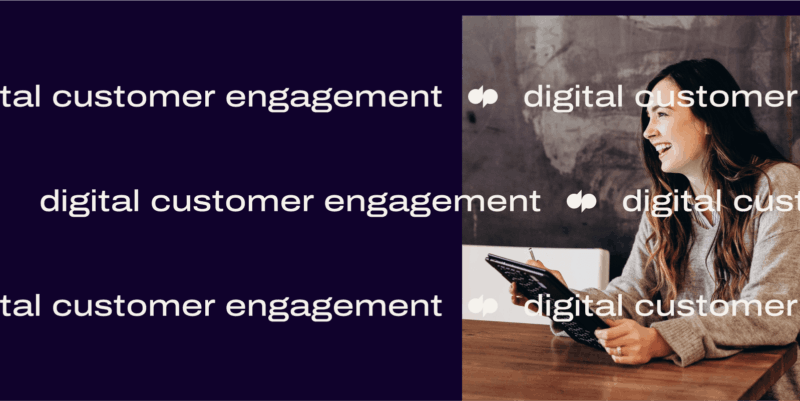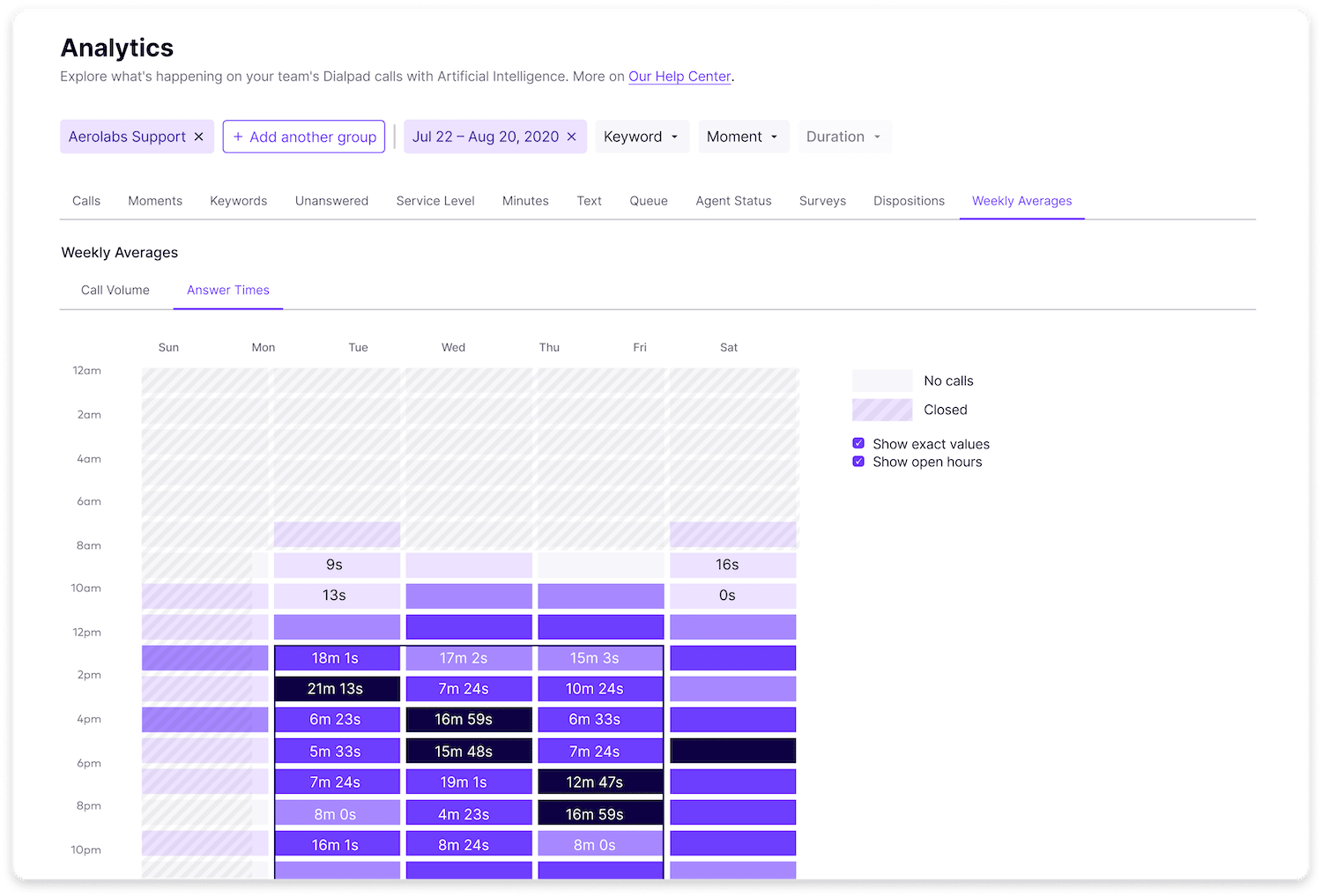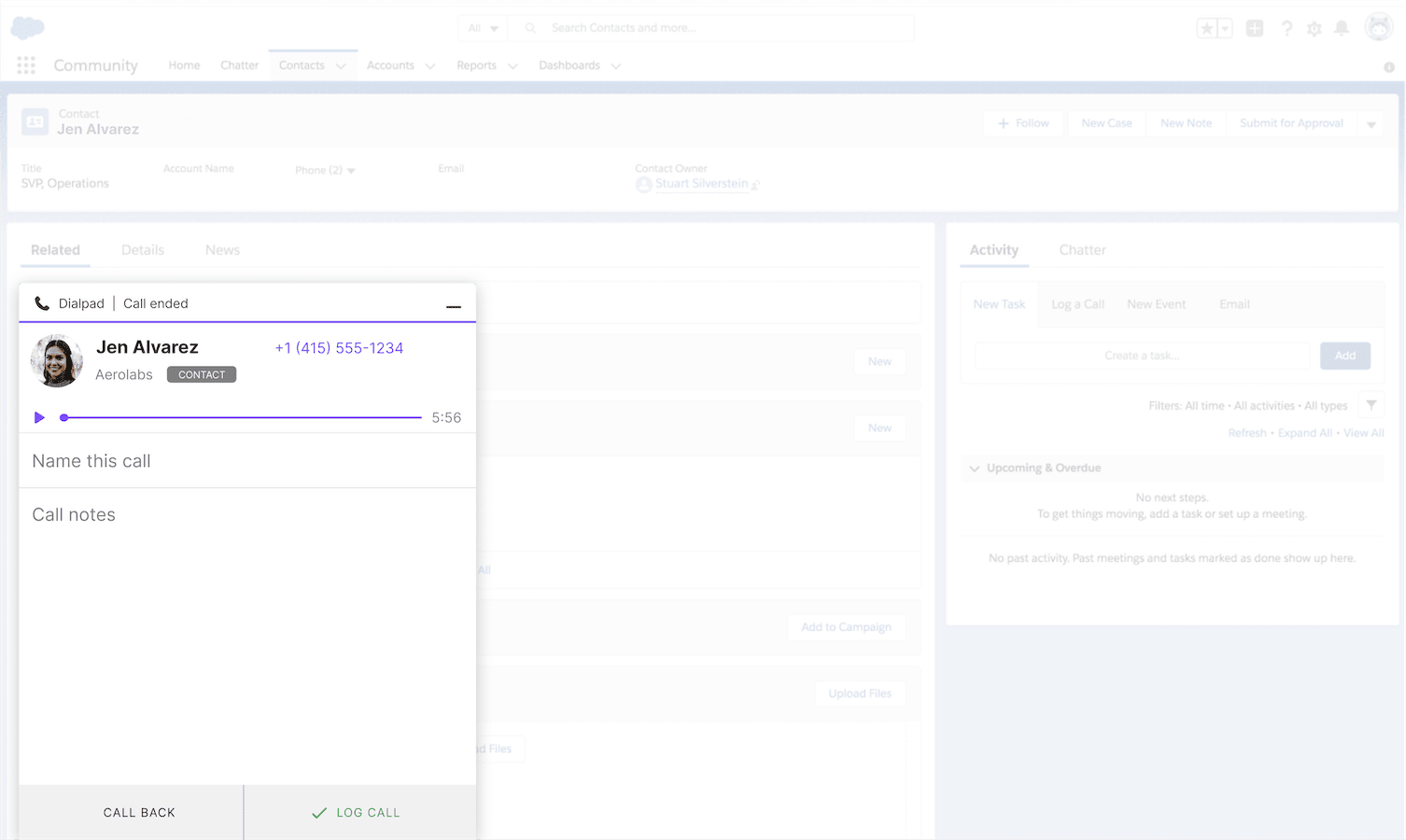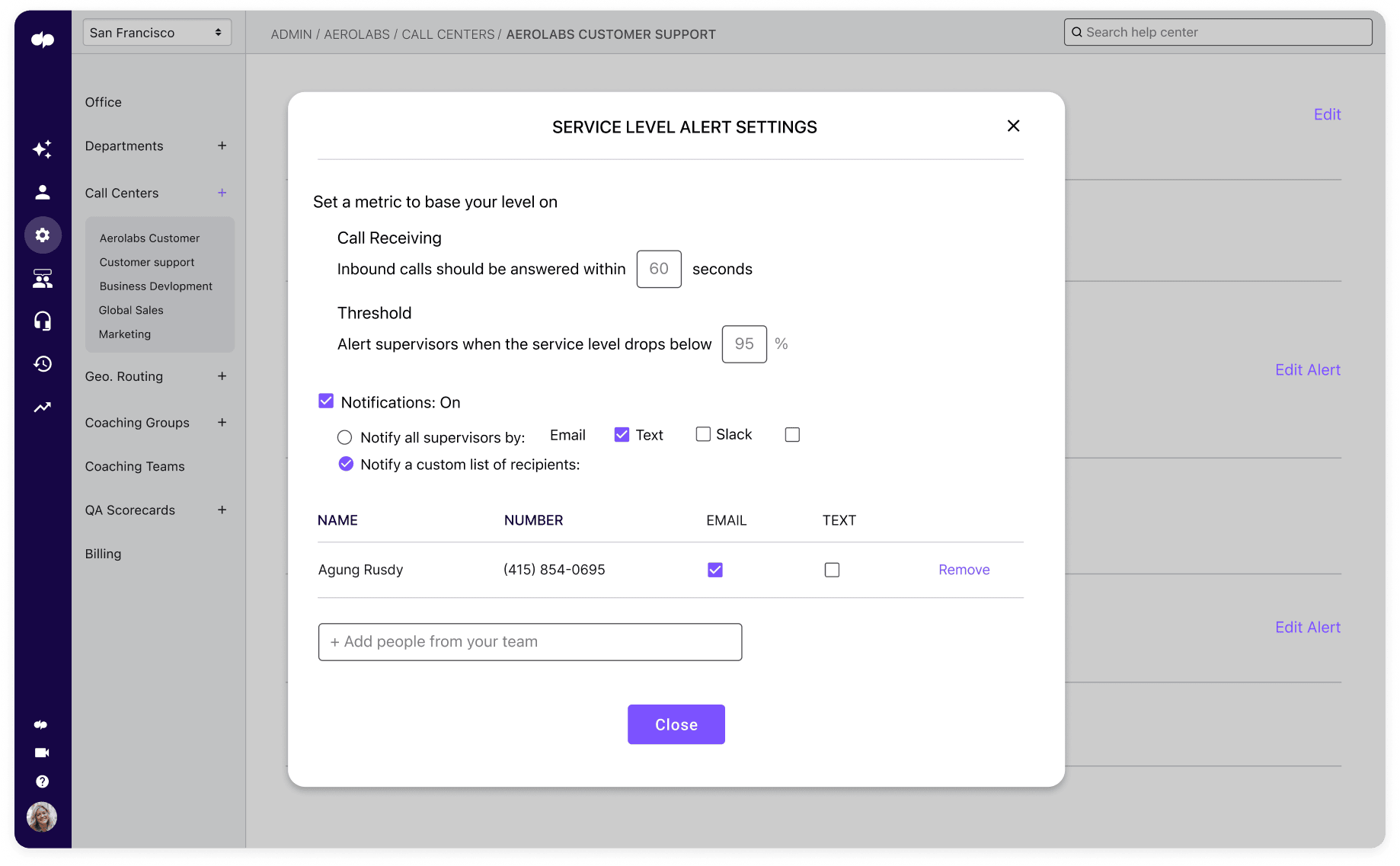A field guide to digital customer engagement

If your customers are reaching out to your business online, they’re probably doing it across many different channels. Social media (there are numerous popular and emerging platforms), live chat, chatbots, email… There seems to be no limit to all the different ways that customers can reach out to ask a question, solve a problem, register a complaint, and, on occasion, even tell you how much they love your business.
But how are you making sure that you don’t miss any messages or @ mentions, and that customers have every opportunity (and available pathway) to reach you? How are you making sure that you aren’t just reactively replying to messages, but also proactively building brand awareness on these platforms?
In this guide, I’ll walk you through best practices, examples of how companies in different industries can approach digital customer engagement, and how to choose a customer engagement platform that fits your business goals and needs.
What is digital customer engagement?
Customer engagement is the process of connecting with your customers (and prospective buyers) and, more importantly, building brand affinity. The goal: Earn loyal customers and improve retention and long-term brand loyalty.
Digital customer engagement refers to this process, but in an online context. This includes communications with customers over digital channels like social media and live chat (and even in-app notifications), and is not so much about in-person customer engagement.
And as more and more companies talk about “digital customer engagement,” there are a few misconceptions and nuances to be aware of.
“Omnichannel” vs. “multichannel”
Though related, they’re not exactly the same thing. Multichannel engagement just means that you’re enabling people to contact you through multiple channels. That’s it.
Omnichannel experiences, on the other hand, go one step further and involve carrying the context of customer support and buying journeys across both your digital and non-digital channels.
The term “omnichannel” typically refers to a combination of digital with in-person engagement, especially in retail, banking, and other vertical industries which also interact with their customers at physical locations. But today, the term “omnichannel” also refers to the unification of multiple channels including voice and video, especially as connected customer journeys become more important.
So, when a company is selling you an “omnichannel” product, you should ask which exact channels this includes (like SMS messaging, voice calls, video, chat, and social media).
How to know if you need a customer engagement platform
There are two simple questions to ask if you want to figure out whether your company is ready to invest in customer engagement software. If either (or both) of these apply to you, then consider it a tell-tale sign.
1. Your agents can’t handle the volume
One of the biggest red flags is when you start noticing that your agents are overwhelmed by the sheer volume of calls coming in.
A good digital customer engagement platform can open up more asynchronous channels for customers to reach you through, beyond just phone calls (which tend to be the most expensive channel to support in a contact center).
If you haven’t come across the term before, asynchronous or “async” channels are just communication channels that don’t require everyone to be online or active at the same time, like email. This is in contrast to synchronous channels, like phone calls or video meetings, where everyone has to be on at the same time.
For example, an agent can generally handle only one phone call at a time, but can handle several social media conversations simultaneously.
👉 Side note:
That doesn’t mean your agents should completely own your social media platforms—you still need a digital marketing or social media manager to own that particular marketing strategy.)
2. Your competitors are providing many more ways to engage than you do
This is another key sign that your business might need a customer engagement platform. The tricky thing about this one is you won’t know about it, unless you’re actively doing competitive research and seeing what your competitors are offering.
If your products or services are comparable, customer buying decisions will often come down to the quality of customer experience. A few things to look for: Does your competitor have great self-service options that are accessible round the clock? Do they offer a thoughtfully designed omnichannel experience for engagement? What about their customer reviews? Are you seeing great reviews that always highlight their customer service? If so, it might be time to play some serious catch-up.
Customer engagement pitfalls to avoid
Having one agent (or an overworked group of agents) handle all channels.
This is a recipe for call volume disaster and slow response times that will leave your customers disgruntled. Don’t pile too much on a single agent’s plate. You’ll end up with unhappy employees—and a bad customer experience.
Fun fact: Dialpad’s cloud contact center solution comes with built-in heat maps that let you track your call volume patterns:

For low-volume contact centers, it might be possible to have agents handling all channels. But usually, this isn’t the case. Depending on how your team is constructed, you'll need to decide whether to have designated agents for digital channels and others for voice, or to equip multiple agents to deal with inquiries across all channels.
👉 Quick note:
Contact centers and call centers have, understandably, some of the highest rates of employee turnover. Other than being bad for morale, it also costs a ton to keep hiring and training agents. And if that’s not enough of a reason, which do you think creates a better customer experience: experienced agents who are familiar with your products and services, or new hires who need to dig around for answers to basic questions? Customer retention is important, but so is employee retention—and often, they’re tightly related.
Not giving them the right tools
Hiring the right people and training them well is one thing. But in today’s digital world, technology is key to supporting and orchestrating a good digital customer journey.
Compared to just having a good in-store experience, digital customer engagement is much more complicated, with many more traps to fall into, especially when it comes to measuring KPIs and metrics.
For example, how are you measuring and gathering customer satisfaction data? How are you creating KPIs for phone calls compared to digital-channel-specific metrics? Do you know which customer behaviors tend to result in a higher burden on your agents?
Having the right contact center platform that can support an omnichannel experience and integrate with your CRM will help you gather and track all this data in a centralized place.
For example, Dialpad Ai Contact Center integrates with a wide range of CRMs like HubSpot, Salesforce, Microsoft Dynamics, and Zoho CRM, to automatically integrate calls and other customer history—without agents having to lift a finger:

Need a better digital customer engagement platform?
See how Dialpad Ai Contact Center can work for your business or organization. Book a demo or take a self-guided interactive tour of the app on your own first!
7 examples of how different industries can approach digital customer engagement
Now, let’s look at how companies and organizations across a wide range of industries can use digital customer engagement tactics.
1. Let’s say you work at a global logistics firm
For many logistics companies, calls related to package tracking tend to come in droves and digital channels can’t always handle such high call volumes. Often, this leaves call centers overwhelmed with all of (often repetitive) phone calls, which aren’t always the best use of a human agent’s time, especially when it’s a very basic question. (Like “has the package been shipped?”) In the end, this takes up time, resources, and money, which negatively impacts service levels—and your bottom line.
One neat thing about Dialpad Ai Contact Center is that it if your service levels drop below a certain threshold, you can set it to automatically notify all the managers on your team:

How you could solve that with a digital customer engagement approach:
You could deflect calls to your contact center using a digital virtual assistant (or chatbot) that can provide 24/7 access to automated package and tracking information.
Using self-service, your customers can easily get answers from their computer or cell phone to basic questions, and get transferred to a human agent if they have a more complicated issue. The result: fewer abandoned calls and higher customer satisfaction.
👉 Dialpad tip:
If your agents are overwhelmed by the number of calls and messages they have to handle, try implementing a self-service chatbot or virtual agent. Find out what questions you’re being asked most frequently, and include the answers in predefined responses (one of the available features in Dialpad Self-Service!) so your customers can search for them on your website and solve their own problems.
2. Let’s say you work at a regional airline
Your customers are messaging you using WhatsApp, but this support channel isn’t yet connected to your contact center software. That means that all the real-time conversation data from this channel is siloed and your agents can’t easily access it from their main contact center screen or inbox. Plus, managers have no visibility in how that channels activity compares to other channels.
👉 Dialpad tip:
WhatsApp and similar social media tools might seem like efficient options—and often, they are—but they’re not viable until they’re integrated to your contact center platform. Without this, agents won’t be able to access data from different channels in one place, and will still have to toggle between different windows and apps to access customer activity.
How you could solve that with a digital customer engagement approach:
Connect your WhatsApp channel to your contact center platform using a solution like Dialpad Ai Contact Center. This will carry over conversation data from this channel across to your contact center software so that it’s easily accessible in one centralized place.
This omnichannel customer service approach will help your agents be more efficient, speed up resolution, and improve your customer experience.
3. Let’s say you work at a retail bank or credit union
Your banking clients are putting pressure on your call center and requesting better service across digital channels like chatbots, social media, and SMS messaging.
How you could solve that with a digital customer engagement approach:
Evolve to a modern contact center, and implement a chatbot that can handle your most common customer needs. To make sure that you don’t just automate the human touch right out of the customer journey, you could design a routing menu that’ll direct customers to agents for more complex inquiries.
This will both lighten the load on your contact center agents, and also give customers more self-service options that they can access anytime, even outside the bank’s business hours.
4. Let’s say you work at an international D2C retail store
Because of difficulties with assembly for one of your new products, you’re experiencing a really high number of product returns early in the post-sales lifecycle. On top of that, each model of that product has a separate troubleshooting procedure—and since it’s the holiday season right now, it’s even harder for your contact center to meet demand this time of year.
How you could solve that with a digital customer engagement approach:
Add an AI-powered virtual agent (self-service) with machine learning capabilities and instructional media (like video clips) on your website to help with digital resolution. This chatbot will walk the customer through the troubleshooting steps, and even survey them after for feedback on how you can optimize that flow even more.
This will help deflect most of your inbound calls to digital self-service, reduce call volumes and wait times, improve customer loyalty—and last but not least, decrease the overall cost of serving consumers.
5. Let’s say you work at an educational institution or private school
For educational institutions, managing call volumes, especially during certain busy times in the school year, can be challenging. With large volumes of students reaching out via phone and email with basic questions, it can be easy to find yourself understaffed. What if you could automate the process of sending out reminders for things like registration and tuition deadlines?
How you could solve that with a digital customer engagement approach:
Placing a virtual agent on your website can help students and parents who are looking for basic information about payments and registration. You can also direct inbound callers to that chatbot for faster service and to free up your phone lines.
Even better, why not start sending out automated outbound reminders and announcements for important dates and deadlines via two-way SMS?
For example, you could set up your website portal like this:
Information for students:
Class and test schedules
Registration
Prerequisites
Campus resources
Transactions
Get transcripts
Payments
Message the professors
For prospective students/parents
Schedule campus visits
Plan your day on campus
Model your costs
Services by category
For faculty
For staff
For parents
And use SMS for:
Reminders
Registration deadline
Campus visit appt
Paying bills
Announcements
Campus events
Parking-related
Weather-related
Security and safety
Facilities-related
Recruiting-related
One-on-one
Admissions related
Class related
Counseling
Approvals
Surveys
6. Let’s say you work at a property management company
Your business is pretty successful and manages a mix of commercial and residential properties around the city. You’ve been noticing more and more tenants reaching out through phone and email with a range of different questions.
That includes rent/billing questions, service requests, renovation permission applications, inquiries from potential tenants, and more. Many of these end up using precious contact center resources, just to direct people to online applications—something that could easily be done through self-service.
How you could solve that with a digital customer engagement approach:
Use an AI-powered virtual agent to answer routine questions from tenants and guide them through submitting service tickets and permission requests. If it’s a more complex question, the chatbot can also collect relevant information before directing them to a contact center agent.
This lets you deflect calls to digital self-service, reduce call volumes, and improve service levels. Plus, your tenants are happier because they can submit tickets 24/7—not just during business hours—and get automatic notifications when there are updates to their submissions. And now, thanks to automated rent reminders sent via two-way SMS and the ability to pay rent online, you're also seeing more on-time payments. It’s a win for their user experience, and a win for your bottom line.
7. Let’s say you work at a public energy utility
During the pandemic, concerns about shutoffs and increased demand for payment restructuring led to a flood of phone calls into your contact center.
How you could solve that with a digital customer engagement approach:
Take a multi-pronged approach. First, automate reminders to customers through SMS to collect payments and schedule revised payment plans. Then, combine that with implementing a chatbot on your website to engage your customers, share FAQs about any adjustments or service changes, and guide them to a human agent if needed.
With these added channels, you can reduce call volumes (by resolving payment issues via digital channels), let your customers self-service, and re-allocate resources to more complex support calls.
Build your digital customer engagement strategy: 4 key steps
Here are four steps to help you get started with a more customer-centric strategy.
1. Provide multiple paths for customers to reach you
Customer expectations are high. Today, people want to be able to choose the communications channel that suits them best—whether that’s chatbots, SMS, or a good old-fashioned phone call. The modern digital experience is all about omnichannel experiences. Give your customers options.
Additionally, engaging customers through paid media agencies is another effective way to reach audiences worldwide. With their expertise and the wide variety of tools they use, it is easier than ever to create diverse, socially responsible campaigns to obtain the desired results.
2. Have a thoughtful self-service journey
Take time to design a self-service journey that actually works. Chatbots have a pretty poor reputation—but it’s mainly because of the lack of good knowledge sources and search capabilities (across your website, and other unstructured data), not necessarily because the chatbots themselves are bad.
Consider every customer touchpoint and provide different paths for how they can solve common problems through online resources, task workflows (included with Dialpad Digital Engagement), webinars, or even discussion forums—and remember to always keep your information up to date.
3. Know what can be automated—and what can’t
With great power comes great responsibility. And even if your software has the most amazing functionality in the world, that still doesn’t mean that you should automate every single thing. That’s not the best way to build customer relationships.
Your goal is to reduce the burden on your contact center staff—where it makes sense. Automated responses are great for straightforward tasks like payment and appointment reminders, for example. But not everything can, or should, be automated.
For complicated or emotionally heavy conversations (say, in healthcare or financial services), you have to be mindful of not taking the “human-ness” out of the experience. This is actually a great reason to have good self-service options, because it’ll free up your agents to deal with these kinds of conversations.
4. Have a strategy for turning your contact center from a cost center into a profit center
Many contact centers focus only on customer support. That’s a missed opportunity. Used to its full potential, a contact center can become a powerful sales engine that lets your agents field sales questions and unlock more revenue through upsells and cross-sells.
Remember, your contact center doesn’t have to just provide consumer support. You can also give both your existing—and prospective—customers more channels to reach you through.
Engage customers by meeting them where they are
Ready for a digital transformation?
Updating your digital customer engagement strategy can help your agents provide a more personalized experience, reduce their cognitive load and stress, and have better customer interactions overall.
And if you need a contact center platform that can help you provide that omnichannel experience, while still being intuitive and easy to use for your agents and supervisors, why not book a product tour of Dialpad Ai Contact Center?
Engage your customers across voice and digital channels.
See how with a personal walkthrough of Dialpad Ai Contact Center, or take a self-guided interactive tour of the app on your own first!
FAQs about digital customer engagement
What is an example of a digital customer engagement?
An example of a digital customer engagement is when a customer contacts a business through the live chat on the business' website. This live chat interaction happens online, and would be an example of a digital customer engagement. A phone call, on the other hand, would not be considered a digital customer engagement.

